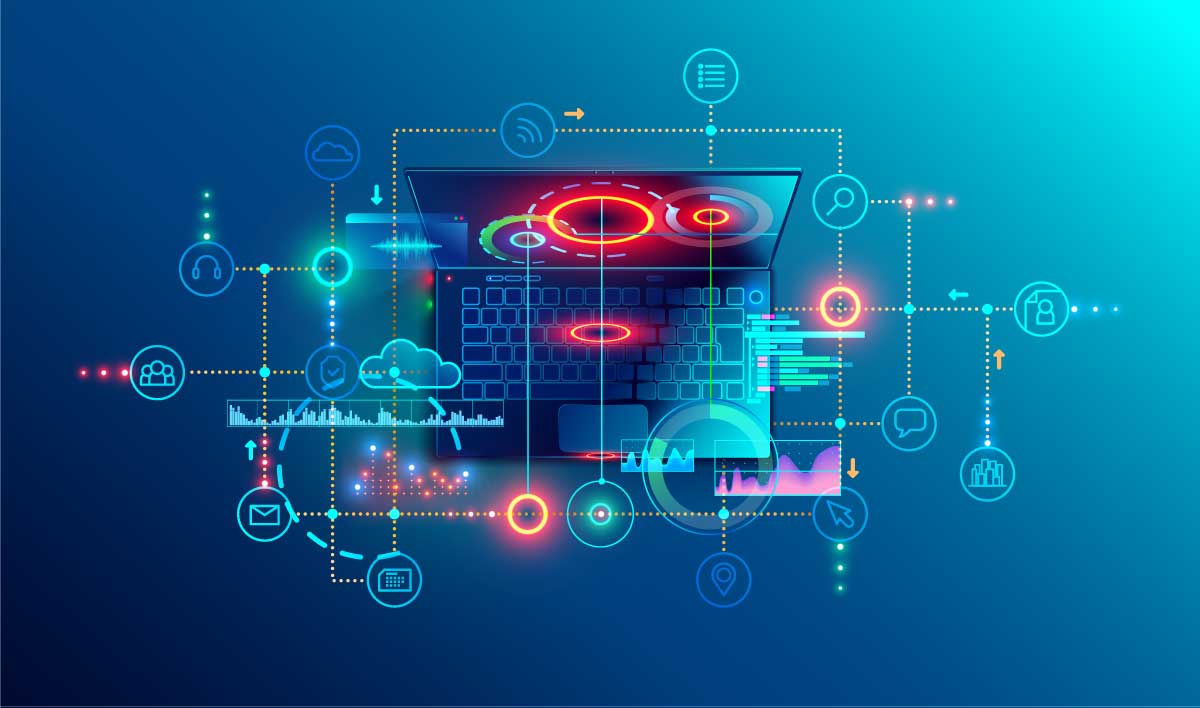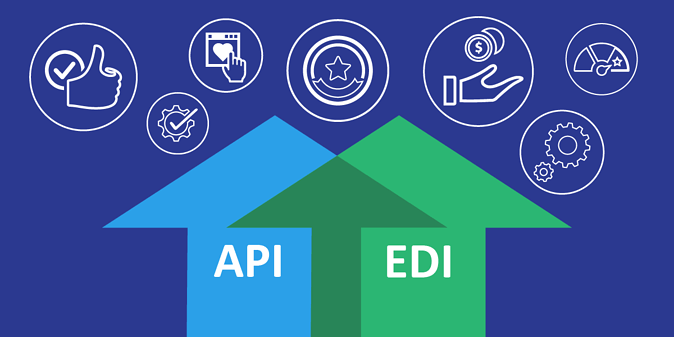We’ve all witnessed how crucial it is for organizations to have the ability to interact with customers and employees through digital channels. You must enable digital innovation for business success, but you can’t do that without access to data and modern integration platform technologies like cloud, machine learning, and analytics. And to gain access to these things, you need to integrate a wide range of devices, platforms, and applications.
However, integration initiatives and digital strategies often progress slowly, with teams having to overcome many roadblocks.
Overcoming Digital Innovation and Modern Integration Challenges
Why are integration and digital transformation so difficult for so many companies? Because they face a wide range of challenges, such as:
- Data Silos – Data silos are one of the biggest obstacles to digital transformation. 90% of organizations find data silos to be a challenge, according to MuleSoft’s 2021 Connectivity Benchmark Report. Businesses today need to provide connected experiences, which is challenging to do without access to data stored in numerous disparate applications.
- Legacy Systems and Tools – Many enterprises continue to use legacy technologies and tools. However, integrating legacy tools with modern cloud applications tends to be difficult, time-consuming, and costly. You often find modern cloud platforms that can’t integrate with legacy systems and tools. And many traditional integration platforms don’t support cloud-native applications.
- Many Applications in Use – According to MuleSoft, organizations use about 843 applications on average, but only 29% of them are integrated. Companies could deliver improved digital experiences and a higher level of digital innovation if they integrated more of the applications they use. However, finding a single integration software platform that includes connectors for all the applications your organization uses is difficult, if not impossible, to do.
- Rapid Growth of IoT – IDC estimates that by 2025 the total number of connected IoT devices worldwide will reach 55.7 billion, generating a total of 73.1 ZB of data. Most companies struggle to keep up with all the ways we generate data and uncover valuable business insights hidden within it. Many want to access and analyze massive volumes of data generated from sensors and mobile devices in real time.
You can address all these challenges by creating your own modern integration platform. We don’t mean one integration platform or integration software suite from a single vendor when we say modern integration platform. With so many things to connect, the traditional point-to-point integration approach is no longer practical.
We mean that you combine multiple integration platforms and tools from different vendors into one solution that suits all your integration needs.
Components to Include in Your Modern Integration Platform
You need to include components in your integration platform that will allow you to enable digital innovation across your organization successfully. But what components should you include? Here are five key components you should have in your integration platform.
1. API Management
Most integration scenarios involve APIs, and companies often build some of those APIs in-house. If you build APIs, you should include API management in your integration platform. The API management solution you choose should allow you to secure, publish, and monitor your APIs at a minimum. Ideally, the solution will allow you to effectively manage all your APIs throughout their entire lifecycle. If you want to take advantage of modern architectures like microservices and multicloud, then your API management solution must support the use of multiple disparate API gateways.
2. Self-Service
Traditionally, integrations require developers or engineers to complete them. Today, non-technical people can perform some integrations themselves with the help of a self-service interface and a little supervision by the IT department. Including self-service allows you to accelerate innovation by democratizing integration, eliminating data silos and long waits for IT requests. You can find plenty of integration platform as a service (iPaaS) solutions with pre-built connectors and a point and click interface, allowing you to enable self-service integration. You should also include self-service as part of API management, providing a portal where developers have instant access to your APIs and the tools they need to use them.
3. Adapters / Connectors
Ask an integration engineer at any enterprise if they still use legacy applications or tools. They’ll likely say yes—enterprises tend to be slow when adopting new digital tools. You can use APIs to modernize legacy systems, but sometimes you need adapters to expose functionality from that system, enable specific protocols, or perform functions like converting data formats. Including a wide range of adapters and connectors in your integration platform will help you simplify the integration process and allow you to integrate legacy systems with modern applications faster. Some integration software vendors offer pre-built connectors for legacy and modern SaaS applications. However, you may have to work with several vendors to incorporate all the adapters and connectors you require.
3. B2B / EDI Integration
EDI has been around for more than five decades, and many organizations still use it today. When creating your integration platform, you should consider both API and EDI integrations for B2B interactions. Many enterprises still use EDI because it is a reliable and fast way to exchange business documents, and it can handle complex batched payloads well. APIs allow you to add real-time capabilities to B2B applications and connect nearly any device, application, or system together. You can use APIs to complement EDI. For example, a health insurance provider could use an API to check the eligibility of members in real-time, and when eligible, use EDI to submit the claims for payment. You can find many cases where it makes sense to use APIs and EDI together.
5. Streaming Integration
IDC estimates that by 2025, the global datasphere will reach 175 zettabytes in size, and 30% of that data will be real-time data. Many organizations struggle with collecting and analyzing real-time data in ways that significantly benefit their businesses. They need technology that will allow their systems to ingest streams of data at high speeds and from multiple sources. They also need the ability to transform, enrich, and analyze that streaming data. Including streaming integration in your platform will allow you to leverage real-time streaming data. You can find many integration platforms that not only support events and streaming but also enable the consolidation of massive volumes of real-time data.
Modern Integration Solutions Come in Many Forms
You have many choices when it comes to integration software and tools. For example, you could combine API management, iPaaS, B2B gateway, and application integration platforms to create one ideal integration solution. Choosing the right combination of products may seem daunting, but we can help you build a modern integration software platform that works for your unique business.
We have extensive experience with a wide range of integration platforms and vendors, and provide end-to-end integration services to help you optimize your capabilities and results. As always, feel free to reach out to us if you need assistance with your integration challenges and needs.
Also, for more insights around digital transformation and integration, check out these related blog posts.
- 6 Reasons Why Integration is Critical for Digital Transformation Success
- Why Modernize? Here are 10 Great Reasons to Modernize Applications
- How API-Led Connectivity Addresses Digital Transformation Challenges
- 5 Ways APIs Accelerate Legacy System Modernization
- Why Successful Digital Transformation Requires Integration and APIs



